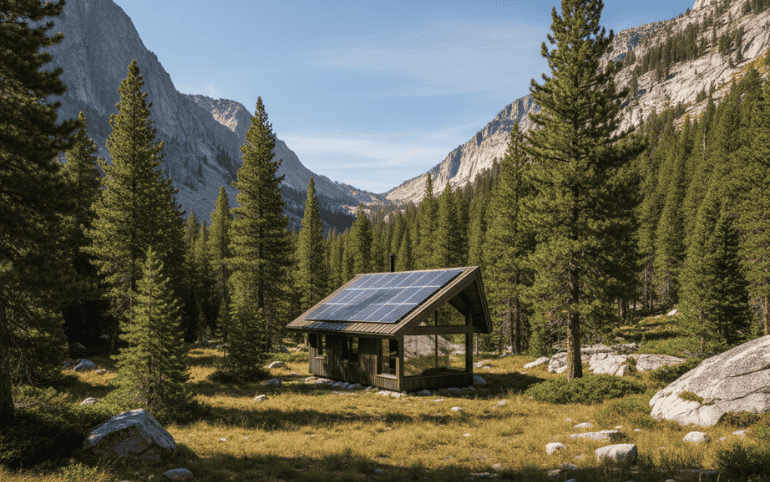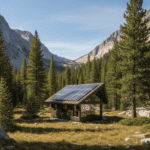In today’s world, access to reliable electricity is still a challenge in many remote and rural regions. From the icy landscapes of Alaska to the high-altitude villages in Europe and the desert frontiers of China, people are turning to residential solar power systems with storage as a dependable alternative to traditional grids. Off-grid living is no longer about compromise—it’s about building resilient, self-sustaining communities.
Solar-Plus-Storage Cabins in Alaska and Canada
In North America’s remote regions, like Alaska and Northern Canada, extreme weather and vast distances make traditional power grids unreliable or non-existent. Residents are increasingly adopting solar-plus-storage solutions—pairing rooftop or ground-mounted solar panels with advanced battery systems.
- Reliable power year-round: Even in areas with limited sunlight in winter, hybrid systems with storage and backup generators ensure consistent energy supply.
- Energy independence: Families living in cabins and off-grid homes reduce dependence on costly diesel generators, cutting fuel expenses.
- Eco-friendly living: By switching to clean solar energy, households reduce carbon emissions while embracing sustainable lifestyles.
These solutions showcase how residential solar is empowering individuals in some of the world’s harshest climates.
Europe’s Alpine Microgrids: Lessons from Spain’s Mountain Villages
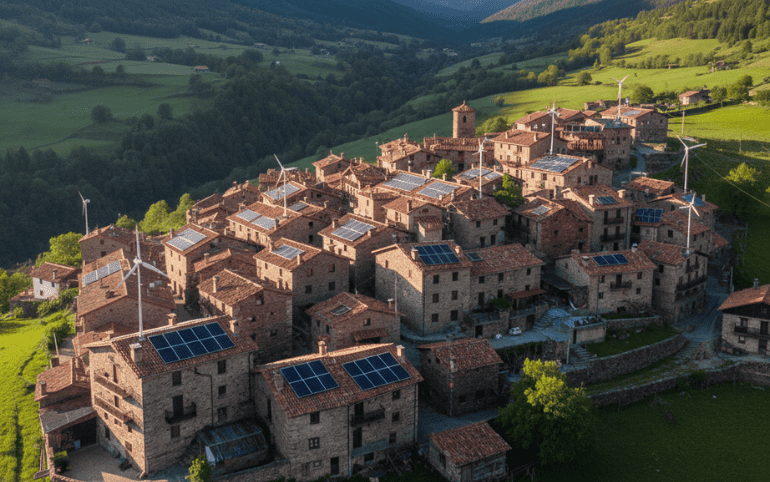
In Europe, especially in Spain’s alpine and mountain regions, small communities have successfully deployed solar-powered microgrids. These setups generate electricity locally and distribute it among households, schools, and businesses.
- Community-driven solutions: Instead of relying on centralized utilities, villages are forming local energy cooperatives.
- Stable supply in tough terrain: Mountainous regions often face challenges of landslides, snow, and limited grid connectivity. Solar microgrids ensure uninterrupted power.
- Scalable model: These microgrids serve as a blueprint for other remote communities across Europe and Asia.
The success of alpine microgrids highlights the importance of community-scale solar projects for resilient rural electrification.
China’s Desert Solar Villages: Self-Sustaining Water and Power Solutions
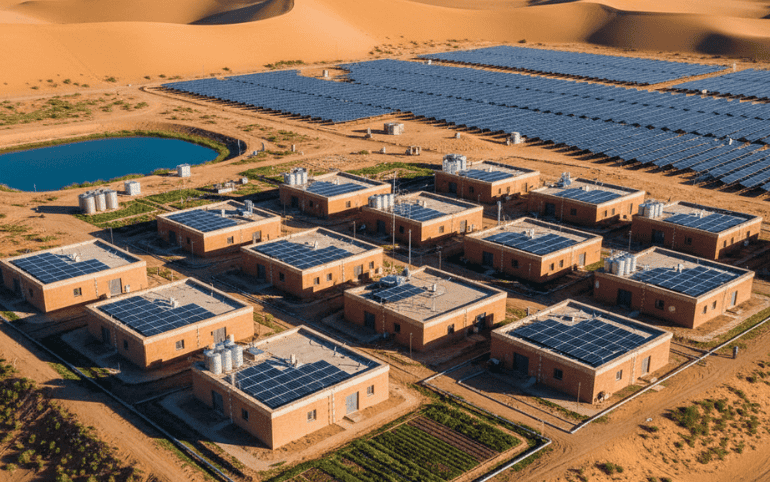
China has taken solar innovation a step further in its desert regions. Entire villages are being transformed into self-sustaining solar hubs where energy and water security go hand in hand.
- Dual benefits: Solar energy not only powers homes but also drives water pumping and purification systems in desert areas.
- Large-scale deployment: Government-backed projects ensure hundreds of households are powered sustainably.
- Economic growth: Villages once struggling with poverty now benefit from stable electricity for agriculture, education, and small businesses.
This model demonstrates how integrated solar solutions can transform entire ecosystems—supporting both people and the environment.
Why Off-Grid Solar Matters for India
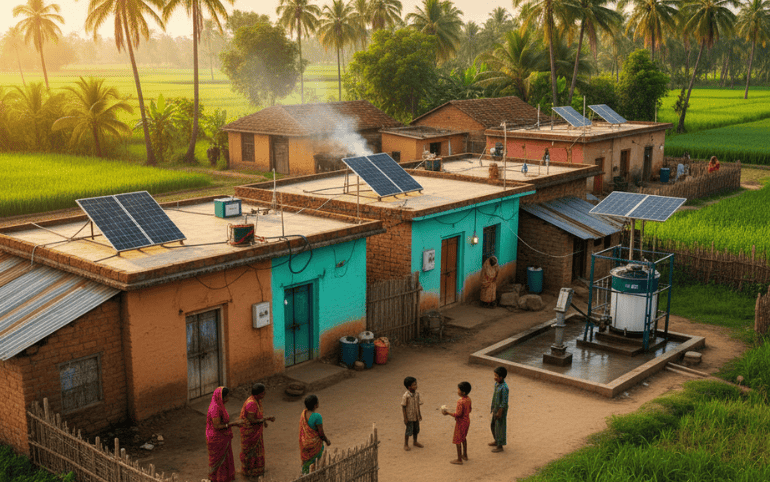
For a country like India, with vast rural landscapes and regions where grid access is inconsistent, these global examples carry important lessons. Off-grid residential solar—especially when paired with storage and community microgrids—can:
- Empower rural households with reliable electricity.
- Reduce dependence on fossil fuels.
- Improve quality of life by supporting water supply, education, and healthcare services.
At SIA Engineering, we specialize in delivering customized solar energy solutions designed for both urban and remote settings. Whether it’s a small residential installation or a large-scale rural project, our team ensures energy independence, cost savings, and long-term sustainability.
Final Call-to-Action:
Ready to explore off-grid solar for your home or community? Connect with SIA Engineering today and let’s build a sustainable, self-reliant future together.



